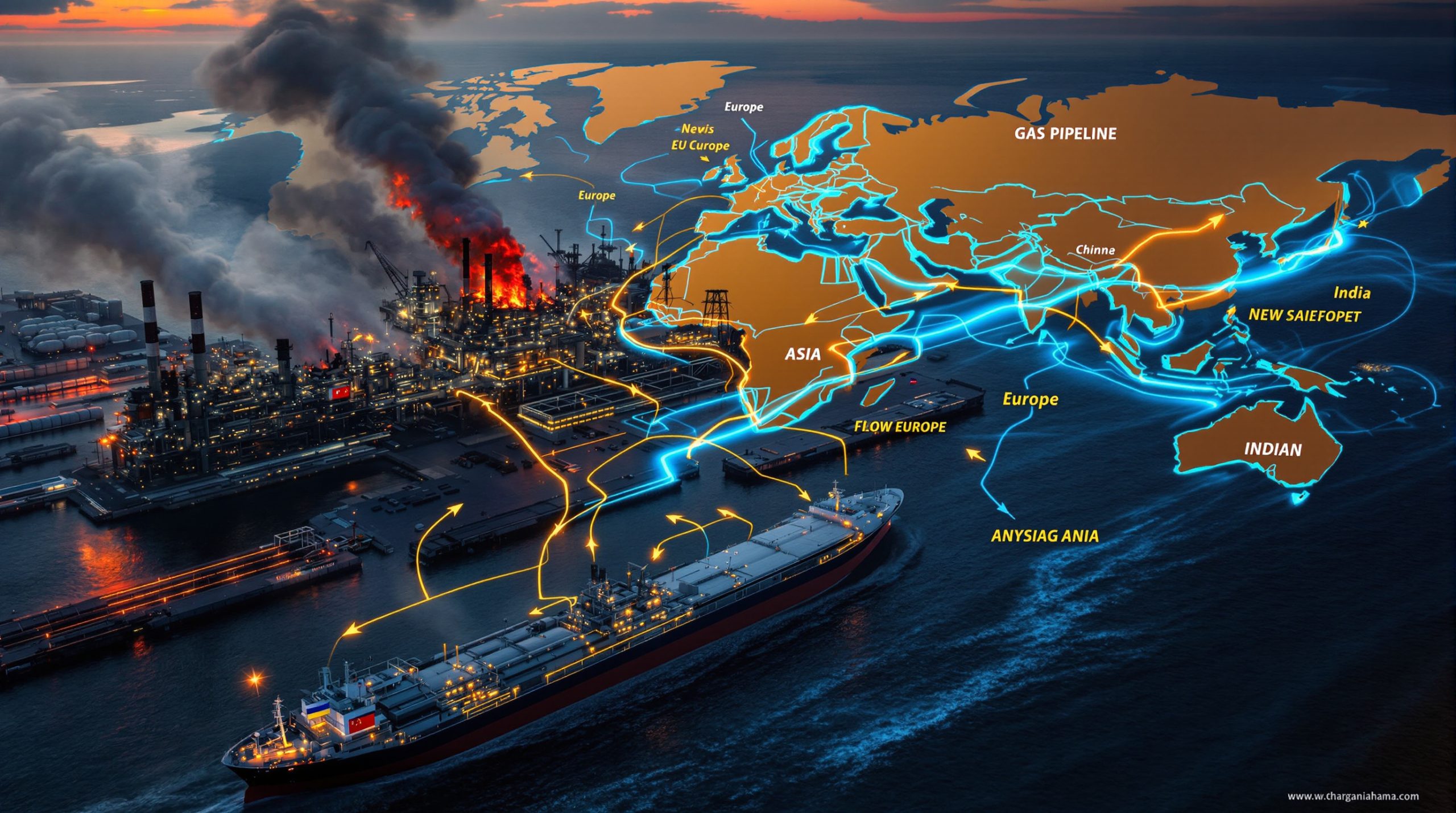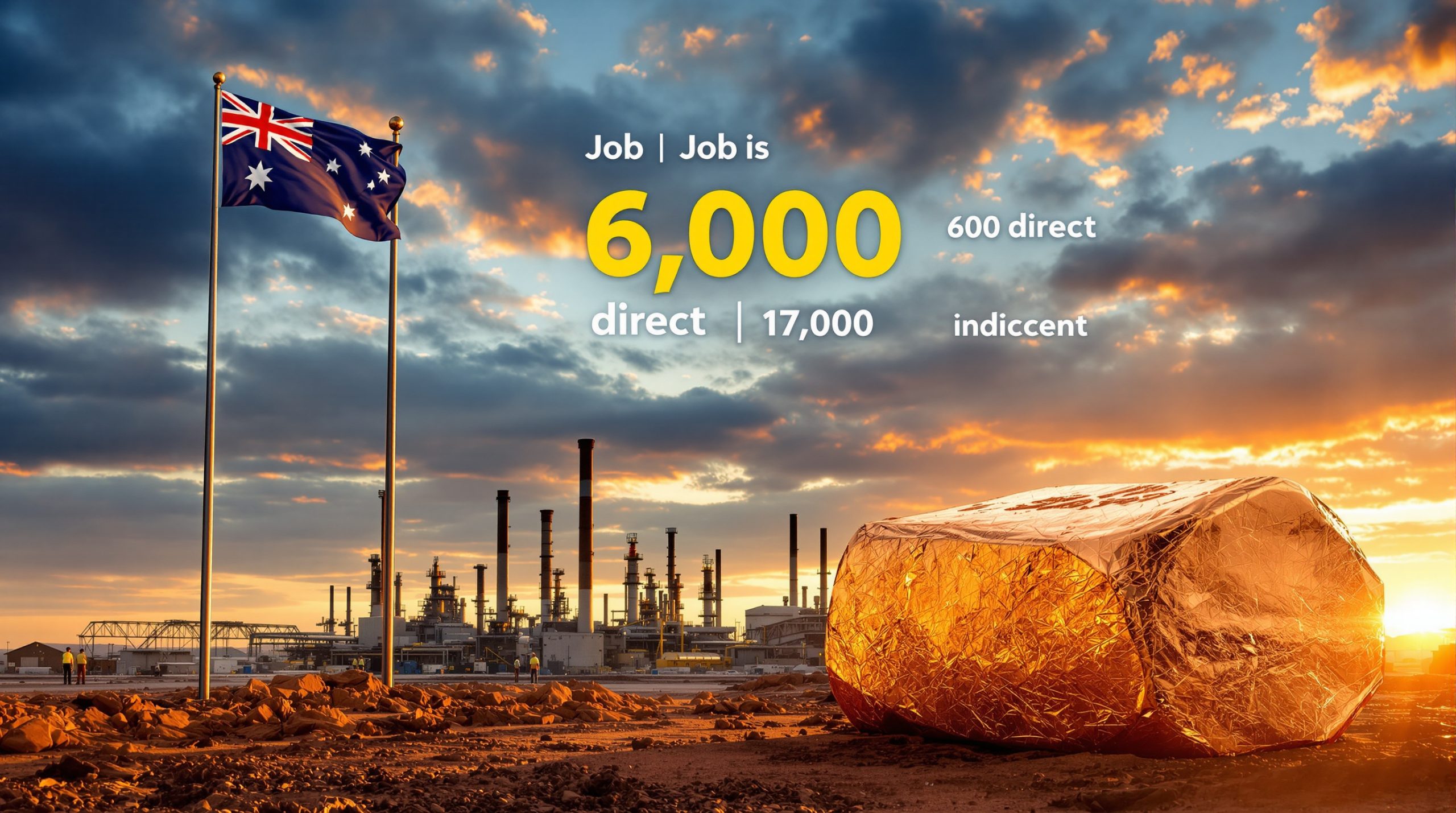What Are Critical Minerals and Why Do They Matter?
The Definition of Critical Minerals
Critical minerals are defined by their essential role in modern technologies, economic stability, and national security, coupled with supply chain risks. Australia's criteria further require geological potential and strategic partner demand, distinguishing it from nations focused on import vulnerabilities. For instance, lithium's inclusion reflects its centrality to batteries and Australia's vast reserves, which total nearly 50% of global resources.
The Three Drivers of Critical Mineral Importance
The surge in demand stems from three interlinked factors:
-
Energy Security: Renewable energy systems rely heavily on minerals like lithium, cobalt, and rare earth elements (REEs). Solar panels require indium, while wind turbines use neodymium.
-
Economic Sovereignty: Nations seek to reduce dependence on concentrated supply chains. China controls 95% of REE processing, prompting initiatives like Australia's $22.7 billion Future Made in Australia Act to bolster domestic capabilities.
-
Defense and Resilience: Advanced defense technologies, such as hypersonic missiles and drones, depend on tungsten and rhenium. The 2011 rare earth crisis, where China restricted exports, underscored vulnerabilities.
The Mobile Phone Example
A University of Plymouth study blending a mobile phone revealed 17 critical minerals, including tantalum (capacitors) and germanium (fiber optics). These "salt and pepper" elements, though small in quantity, enhance performance. For example, rhenium in jet engines allows higher combustion temperatures, improving efficiency.
While we recognize gold and silver in electronics, less visible elements like indium make touchscreens possible, and scandium alloys provide lightweight strength in aerospace applications, highlighting how the importance of critical minerals enables technological advancement through their unique properties rather than their abundance.
The Growing Demand for Critical Minerals
Electrification and Renewable Energy
Electric vehicles (EVs) demand four times more critical minerals than internal combustion engines, notably lithium (60 kg per battery) and graphite (70 kg). The International Energy Agency projects lithium demand to grow 40-fold by 2040 under net-zero scenarios, requiring $100 billion annually in mining investments.
Wind turbines require significant amounts of rare earth elements, with offshore installations using up to 600 kg of neodymium per megawatt of capacity. This explains why countries like Japan have invested in urban mining programs to recover these valuable elements from discarded electronics.
Production Growth Already Underway
Australia's lithium production surged 975% since 2000, making it the global leader since 2016–2017. Similarly, graphite output rose 54%, driven by EV anode needs. However, cobalt shortages loom, with projected deficits of 30% by 2030 due to Congolese supply chain issues.
The Greenbushes mine in Western Australia exemplifies this growth, expanding from modest output to becoming the world's largest hard-rock lithium operation, with grades exceeding 2.5% lithium oxide—significantly higher than the 1.0-1.5% considered economically viable in most deposits globally.
Resource Shortfalls and Development Timelines
Despite vast reserves, development lags. Copper faces a 5% supply gap by 2050, equivalent to 500 million tons. The 17-year mine development timeline necessitates immediate exploration. Australia's vanadium resources, up 18% in 2023, remain untapped due to processing challenges.
This timeline poses particular challenges for minerals like cobalt, where ethical sourcing concerns in the Democratic Republic of Congo (which produces 70% of global supply) complicate new developments. Investment decisions made today won't yield production until the late 2030s—precisely when demand forecasts predict peak requirements for battery materials.
Global Supply Chain Challenges
Concentrated Production
China dominates graphite (70%) and REE (90%) processing, while Australia supplies 50% of lithium. This concentration risks disruptions, as seen in 2023 when China banned antimony exports to the U.S.
Beyond the headline figures, the depth of China's control becomes evident in specific subsectors—it processes 100% of spherical graphite used in battery anodes and controls 87% of manganese sulfate production, a critical battery cathode material. These processing bottlenecks create chokepoints that persist even when raw material sources are diversified.
Processing Dominance
Downstream bottlenecks exacerbate vulnerabilities. While Australia mines 55% of lithium, China refines 65% into battery-grade material. The EU's Critical Raw Materials Act aims to diversify processing, targeting 15% of global refining by 2030.
Australia's partnerships with South Korea and Japan to establish processing facilities represent a strategic shift. The Kwinana lithium hydroxide plant, a joint venture between Tianqi Lithium and IGO Limited, exemplifies this approach, aiming to process 48,000 tonnes of battery-grade material annually, reducing reliance on Chinese refineries.
How Countries Assess Mineral Criticality
Quantitative Assessment Methods
The U.S. Geological Survey (USGS) evaluates supply risk through:
-
Disruption Potential: Measures producer reliability using trade ties and political stability.
-
Trade Exposure: Analyzes import reliance and stockpiles. The U.S. holds 30-day cobalt reserves, insufficient for prolonged shortages.
-
Economic Vulnerability: Calculates industry dependence. A 10% price hike in neodymium could raise EV costs by $200 per vehicle.
Australia's approach differs significantly, focusing on geological potential rather than import vulnerability. This producer-centric methodology prioritizes minerals where Australia holds competitive advantage. For example, while gallium ranks high on U.S. criticality lists due to import dependence, Australia ranks it lower despite its importance because domestic resources are limited.
Critical Minerals in the Global Context
Market Size and Value
Iron ore dominates volume (2.6B tons/year), but critical minerals like rhodium ($15,000/oz) excel in value. Australia's critical mineral sector could reach $196 billion by 2024, surpassing coal ($127 billion in 2022).
This value disparity creates unique market dynamics—rhodium's annual production totals just 30 tonnes globally, yet its market value exceeds $7 billion. For investors, this presents both opportunity and challenge, as small production increases can trigger significant price collapses in these thinly traded markets, as seen in 2021 when rhodium prices fell 60% in six months despite continued demand growth.
Australia's Position in the Global Market
Australia leads in lithium, rutile, and zircon, contributing 11% to GDP via mining. The sector employs 300,000 directly, with 1M indirect jobs, underscoring its economic centrality.
Beyond economic metrics, Australia's advantage stems from its stable regulatory environment and advanced ESG practices. As manufacturers face increasing pressure to demonstrate ethical sourcing, Australian mines offer traceable supply chains backed by stringent environmental standards—a competitive advantage that commands premium pricing in markets like battery materials where provenance increasingly matters.
Australia's Critical Minerals Endowment
Resource Inventory
Australia's Identified Mineral Resources 2023 highlights a 18% vanadium increase, securing top global rank. Platinum group elements (PGEs) and niobium also saw significant gains, though 75% of 499 critical mineral deposits remain undeveloped.
The Mt Weld rare earth deposit in Western Australia contains some of the world's highest-grade rare earth mineralization, with concentrations 10-20 times higher than typical Chinese ion-adsorption deposits. Despite this geological advantage, development has proceeded slowly due to processing challenges—illustrating how grade alone doesn't determine economic viability for complex minerals.
Resource Classification and Reporting
The JORC Code prioritizes economically viable reserves, while the National Classification System includes subeconomic resources for long-term planning. Only 47 of 499 deposits are operational, highlighting untapped potential.
This distinction is crucial for critical minerals, where subeconomic resources might become viable with technological advances or price increases. For instance, Australia's Economic Demonstrated Resources (EDR) of scandium weren't reported until 2017 despite known occurrences, as extraction technologies hadn't advanced sufficiently to make recovery economic.
Challenges in Critical Mineral Development
Co-Product and By-Product Dynamics
32 critical minerals, including germanium (zinc processing) and indium (tin refining), are by-products. This complicates extraction, as companies often omit them from reports. Reprocessing mine waste could recover 15–20% of critical minerals.
This by-product status creates unique market dynamics—tellurium prices correlate with copper production rather than tellurium demand, as it's recovered during copper refining. The Hellyer tailings reprocessing project in Tasmania demonstrates the potential, extracting zinc, lead, silver, and gold from historic mine waste while assessing recovery potential for indium and germanium that weren't initially targeted when the mine operated.
Mine Waste Potential
Geoscience Australia's mine waste atlas identifies 1,400 sites, with copper tailings containing up to 0.1% cobalt. The Olary Project in South Australia aims to extract REEs from historic gold waste.
Modern analytical techniques have revealed that many tailings facilities contain significant critical mineral values that weren't recognized or economically recoverable when originally processed. For example, historic tin mining waste in Tasmania contains recoverable concentrations of tungsten, scandium, and lithium that weren't assayed when the mines operated in the early 20th century, representing "already-mined" resources with reduced environmental impact compared to new extraction.
Australia's Critical Minerals Strategy
Government Initiatives
The $22.7 billion Future Made in Australia initiative includes tax credits for downstream processing. Geoscience Australia's $3.4 billion Resourcing Prosperity program targets undercover exploration via airborne electromagnetic surveys.
The Critical Minerals Facility provides $2 billion in loans for projects that otherwise struggle to secure commercial financing due to market volatility and processing complexity. This addresses a key financing gap, as traditional lenders remain hesitant about specialized processing facilities with limited commercial history in Australia, despite strong demand projections.
The Role of Geoscience
Pre-competitive data reduced exploration risk, leading to six discoveries since 2017, including four REE deposits. The Critical Minerals Mapping Initiative with the U.S. and Canada identified high-germanium zinc deposits.
The economic impact is substantial—every $1 invested in pre-competitive geoscience generates $5-10 in private exploration expenditure. The Australian Lithium Alliance used government geoscience datasets to identify the Kathleen Valley lithium deposit, now valued at over $4 billion, in an area previously explored only for gold.
The Future of Critical Minerals
Processing and Manufacturing Growth
Australia hosts 33 processing facilities, with 11 new plants underway, including Alpha HPA's high-purity alumina refinery. Rare earth processing in Kalgoorlie aims to bypass Chinese dominance.
Lynas Rare Earths exemplifies this shift, developing the first significant non-Chinese supply chain for these crucial elements. Their Mt Weld mine and Malaysian processing facility produce approximately 15% of global rare earth oxides, with a new processing facility under construction in Kalgoorlie to enhance sovereign capability. Meanwhile, innovative lithium strategy approaches like direct lithium extraction from brines promise to reduce processing time from 18 months to just weeks.
Geoscience Innovation
AI-ready datasets and national resource assessments will prioritize high-potential deposits. The 2025–2030 roadmap includes deep-sea mining studies for cobalt-rich crusts.
Machine learning applications are revolutionizing exploration by identifying subtle geochemical signatures associated with critical minerals. The MinEx CRC's National Drilling Initiative combines advanced analytics with novel drilling techniques that reduce environmental impact while sampling depths previously inaccessible. These innovations could reduce the traditional 17-year timeline from discovery to production by 30-40% for high-priority minerals.
Conclusion
Australia's critical minerals sector, underpinned by world-class geoscience and policy innovation, is poised to lead the global energy transition. Addressing critical mineral shortages insight and enhancing processing capabilities will be pivotal. As demand escalates, balancing economic growth with mining industry ESG challenges remains the ultimate challenge.
The importance of critical minerals extends beyond economic metrics into geopolitical influence and technological leadership. Australia's strategic advantage lies not just in its geological endowment but in its ability to deliver ethical, traceable supply chains in a world increasingly concerned with sustainability. By developing both upstream resources and downstream processing, Australia can transform from a quarry into a crucial node in global technology supply chains. Furthermore, decarbonisation in mining will strengthen Australia's position, while investors seeking mining investments insights will find opportunities in this rapidly evolving sector that is securing both prosperity and influence in the coming resource-constrained decades.
Ready to Capture Value From Critical Mineral Discoveries?
Discover how Australia's emerging critical minerals sector could transform your investment portfolio with real-time alerts on significant ASX discoveries, powered by Discovery Alert's proprietary Discovery IQ model. Visit the Discovery Alert discoveries page to understand how mineral discoveries have historically generated substantial returns for early investors.




